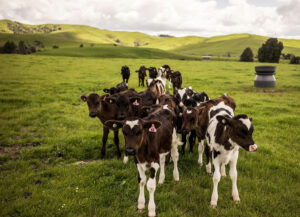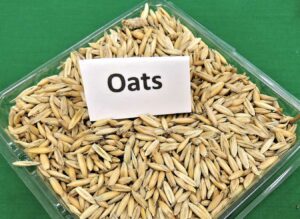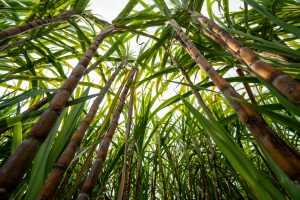Maria Villagrasa & Fernando Diaz
The Brassicaceae family is composed of numerous species of great economic importance and varied uses, such as forage, human food, and medicinal and ornamental plants, with the genera Brassica and Raphanus as two of the most widespread.
Within Brassica forages there are different types such as cabbage (B. oleracea) or forage turnips (B. rapa). The interest in the latter is that its cultivation allows for high feed yields in short periods of time, higher than those of other similar crops. It also contributes to the diversification of the forage base for dairy production in temperate areas.
Forage turnip is a biannual plant that produces seed usually in its second year. Its vegetative cycle lasts two to four months, depending on weather conditions, shorter when temperatures are higher and longer when they are lower.
It is a good quality feed for dairy cows with high organic matter digestibility (> 85%) and high concentration of metabolizable energy (2.75-3.22 Mcal/kg dry matter; DM). It has low concentrations of neutral detergent fiber (< 28.0% DM; NDF), moderate crude protein (12.0-20.0% DM; CP) and high concentrations of non-fibrous carbohydrates (> 50% DM; NFC). However, studies evaluating the livestock’s productive response to supplementation with this species are lacking.
Recent research (M. Castillo-Umaña et al., 2020) raised the hypothesis that using forage turnip (Brassica rapa) to partially replace grass silage and a commercial concentrate, maintained milk production and composition of dairy cows in mid lactation, without any metabolic problems.
Twelve lactating, multiparous, and pregnant Holstein Friesian cows were randomly assigned to two dietary treatments: control and turnips. The control diet contained on a dry basis 16.2 kg of grass silage, 2.25 kg of a commercial concentrate and 2.25 kg of soybean meal. In the other diet, 25% of the grass silage and 25% of the concentrate DM were replaced by turnip (leaf-to-root ratio: 46:54). The amount of soybean meal remained constant to maintain the diets isoenergetic and isonitrogenous.
The DM composition of control and turnip diets were, respectively: CP: 20.8 vs. 20.3%; fat: 3.80 vs. 3.10%; NDF: 37.6 vs. 32.6%; ADF: 23.4 vs. 20.8%; and NFC: 29.8 vs. 35.8%.
Turnip supplementation did not affect milk production
Cows supplemented with turnips consumed less DM compared to those receiving the control diet (17.9 vs 19.0 kg/day). This reduction can be attributed to physical limitations for turnip ingestion due to its high-moisture content (90.5%), which causes cows to have to consume more fresh weight which may affect total DM intake.
Turnip-fed cows increased their intake of NFC by 0.41 kg/day compared to the control group. On the other hand, milk production (24.1 kg/d) and composition (fat 4.28%; protein 3.36%) were not affected by supplementation.
The total concentration of short-chain fatty acids in the rumen prior to supplementation was the same between diets. Six hours later however, the rumen fluid of turnip-supplemented cows had higher concentrations of short-chain fatty acids compared to the controls (97.1 vs 83.3 mmol/l). On the other hand, a significant reduction in ammonia (2.70 vs. 7.40 mol/l) was also observed with turnip supplementation.
The daily average rumen pH was lower for cows supplemented with turnips (6.23) compared to control diets (6.32). However, ruminal pH values were below 6.0 for 258 min per day but did not reach values below 5.8 at any time, and therefore the risk of sub-clinic acidosis was considered minimal.
Blood and milk urea nitrogen were not affected by turnip supplementation. Differences were not observed for any of the hematological parameters measured such as red and white blood cell counts, mean corpuscular volume, mean corpuscular hemoglobin, etc.
It is well known that secondary compounds in turnips, such as glucosinolates and S-methyl-cysteine sulfoxide, can cause nutritional and health disorders. However, since there were no differences in blood parameters, the authors suggest that, at this inclusion rate, turnip supplementation did not cause any health problems.
These results indicate that forage turnips can be a good energy source for cows in mid-lactation, and can replace both forages and concentrates in the diet.
Reference
M. Castillo-Umaña, O. Balocchi, R. Pulido, P. Sepúlveda-Varas, D. Pacheco, S. Muetzel, R. Berthiaume and J. P. Keim. Milk production responses and rumen fermentation of dairy cows supplemented with summer brassicas. Animal (2020), 14:8, pp 1684–1692.
© 2020 Dairy Knowledge Center. All Rights Reserved.











